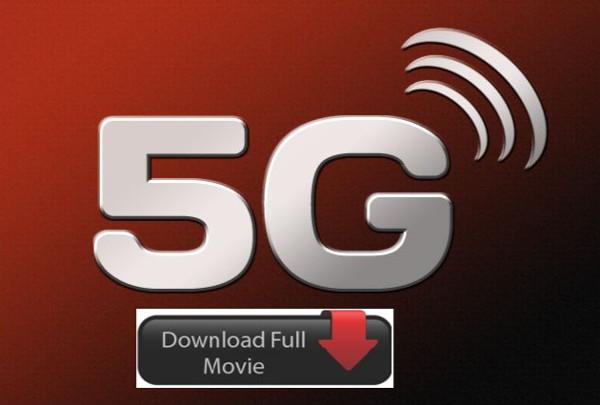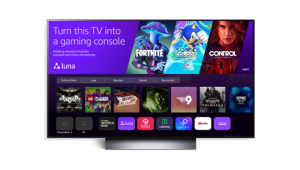The 5G Promise: Download Movies in Seconds

Although many challenges exist—not the least of which is setting global standards, a process that will likely push widespread adoption of 5G networks into the next decade—this next-generation wireless technology holds great promise. Noting that 5G trials are already underway, a recent report in The New York Times outlined a few benefits:
Downloading movies in seconds
Most mobile networks are already pretty fast, often reaching download speeds of more than 15 megabits per second. That lets smartphone users stream songs from Spotify, watch videos on YouTube or quickly check Facebook messages. Under plans for 5G, carriers will most likely offer mobile Internet speeds of more than 10 gigabits per second, or roughly 100 times faster than current networks (and significantly quicker than existing broadband). That would allow you to download high-definition movies almost instantaneously, even if you’re on the go.According to global tech and telecom companies that are spending billions of dollars, combined, on the new wireless technology:
Such technology will not come cheap. Carriers and telecom equipment makers will have to install new hardware like cellphone towers in rural areas and tiny mobile hot spots in dense urban areas to reach the 10 gigabits per second target. They will also have to increasingly rely on sophisticated software to manage the expected exponential jump in mobile data traffic. So just as most people’s cellphone bills have risen as they watch more videos and access other entertainment on their mobile devices, expect operators to charge a hefty premium for these new ultrafast services.
- With 5G, downloading feature-length movies could take less than five seconds.
- With 4G, downloading feature-length movies could take as long as eight minutes.
Networks that connect millions of new devices
5G is not just about speed. Companies are also preparing for millions of new wireless devices — such as smartwatches and other wearable items, as well as sensors embedded in industrial products — to be connected to the next generation of cellphone networks.These devices will not use a lot of data (a sensor built into a highway, for instance, will need to send only small amounts of digital information across the network every couple of hours). But when combined, these hundreds of millions — potentially billions — of new sensors will require almost universal connectivity, or the ability to go online no matter where they are, forcing operators to extend their networks to practically every corner of a country...
Driverless cars with extremely fast response times
If 5G can offer ultrafast mobile Internet speeds, then why should you care about how quickly one device can communicate with another? In short, you shouldn’t. And as current mobile networks offer so-called latency, or digital response times, of around 50 to 80 milliseconds (the time it takes for a web page to load on your smartphone), reducing that speed to a mere millisecond — the goal under most companies’ 5G plans — might not add much to users’ mobile experiences.Yet that extremely fast response time will be essential for many of the new services that will most likely be offered on 5G networks. A prime example is driverless cars. These machines will have to communicate almost in real time with everything around them to avoid cyclists and other obstacles. That can happen only if carriers offer one-millisecond latency, something that may become a lifesaver if autonomous cars become a reality.
Read the full story here.
























































